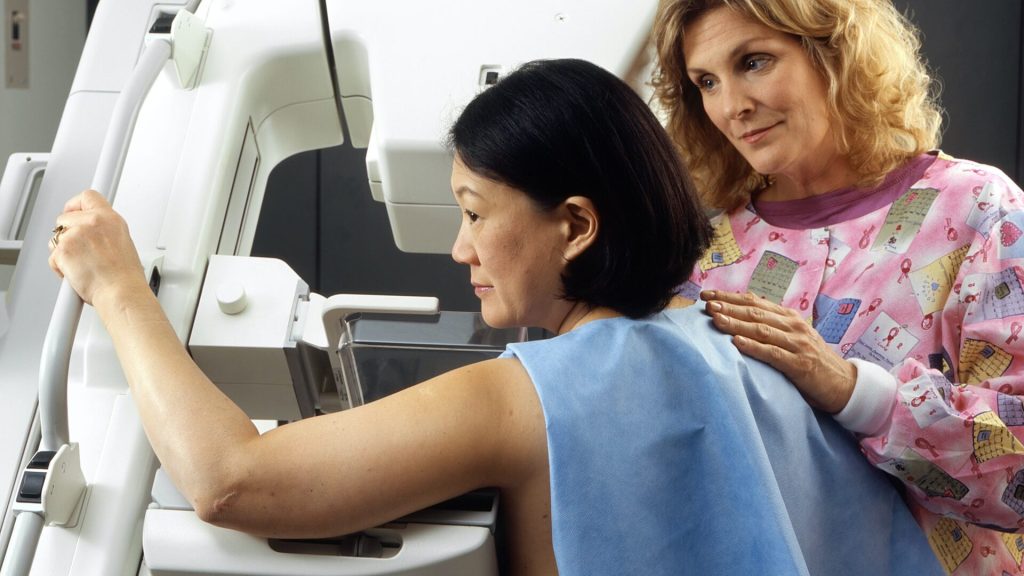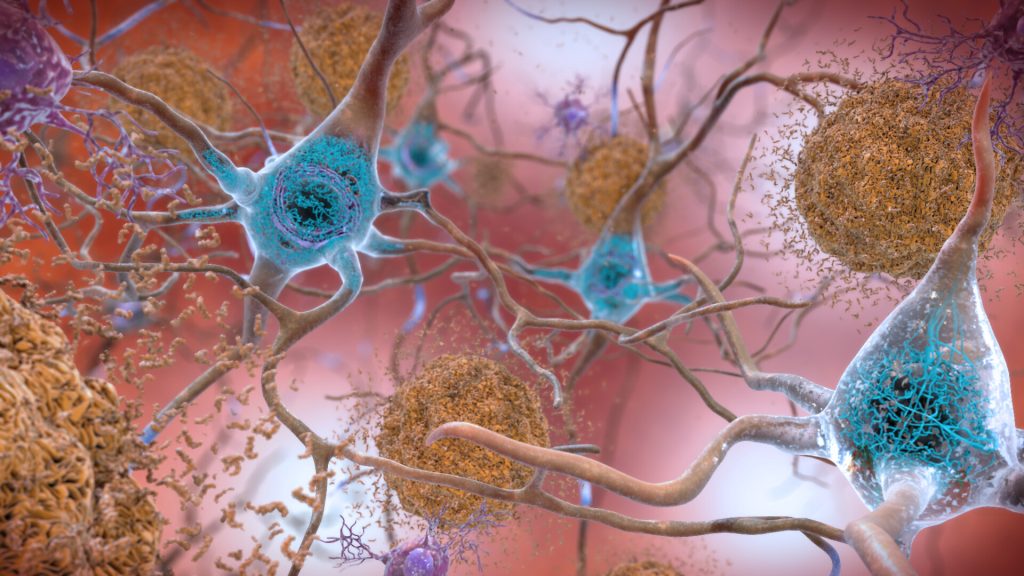A Clue to Breast Cancer Survivors’ Cognitive Problems

Why breast cancer survivors experience troubling cognitive problems is a long-standing mystery, and for which inflammation is one possible culprit. A new long-term study of older breast cancer survivors published in the Journal of Clinical Oncology adds evidence to this link.
Higher levels of the inflammatory marker C-reactive protein (CRP) were related to older breast cancer survivors reporting cognitive problems in the new study.
“Blood tests for CRP are used routinely in the clinic to determine risk of heart disease. Our study suggests this common test for inflammation might also be an indicator of risk for cognitive problems reported by breast cancer survivors,” said study lead author Judith Carroll, an associate professor at UCLA.
The Thinking and Living with Cancer (TLC) Study is one of the first long-term efforts to examine the potential link between chronic inflammation and cognition in breast cancer survivors 60 and older, who make up a majority of the nearly 4 million breast cancer survivors in the United States. Previous research has focused largely on younger women and women immediately after therapy, making it difficult to draw conclusions about CRP’s role in long-term cognitive problems among older breast cancer survivors.
In TLC, teams of researchers from around the country talked to, and obtained blood samples from, hundreds of breast cancer survivors and women without cancer up to six times over the course of five years. The study was motivated by hearing from survivors and advocates that cognitive problems are one of their major worries.
“Cognitive issues affect women’s daily lives years after completing treatment, and their reports of their own ability to complete tasks and remember things was the strongest indicator of problems in this study,” said co-senior study author Dr Jeanne Mandelblatt, a professor of oncology at Georgetown University who is the lead of the TLC study.
“Being able to test for levels of inflammation at the same time that cognition was being rigorously evaluated gave the TLC team a potential window into the biology underlying cognitive concerns,” said Elizabeth C. Breen, a professor emerita of psychiatry and biobehavioral sciences at the Cousins Center for Psychoneuroimmunology at UCLA, who also served as co-senior study author.
The women’s cognition was evaluated through a commonly used questionnaire. The study found higher CRP levels among survivors were predictive of lower reported cognitive function among breast cancer survivors. There was no similar relationship between CRP levels and reported cognition in the women without cancer.
Cognitive performance, as measured by standardised neuropsychological tests, failed to show a link between CRP and cognition. The authors say this may indicate women are more sensitive to differences in their everyday cognitive function, self-reporting changes that other tests miss.
The authors said their study supports the need for research on whether interventions that can lower inflammation – including increased physical activity, better sleep, and anti-inflammatory medications – may prevent or reduce cognitive concerns in older breast cancer survivors.
Source: EurekAlert!





